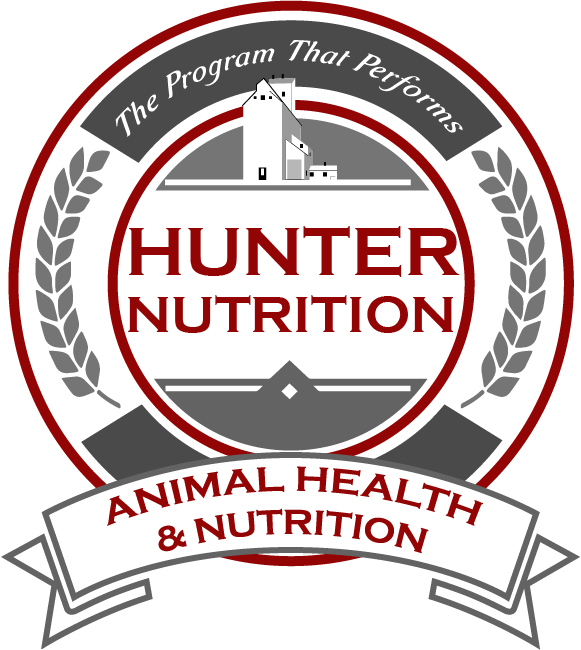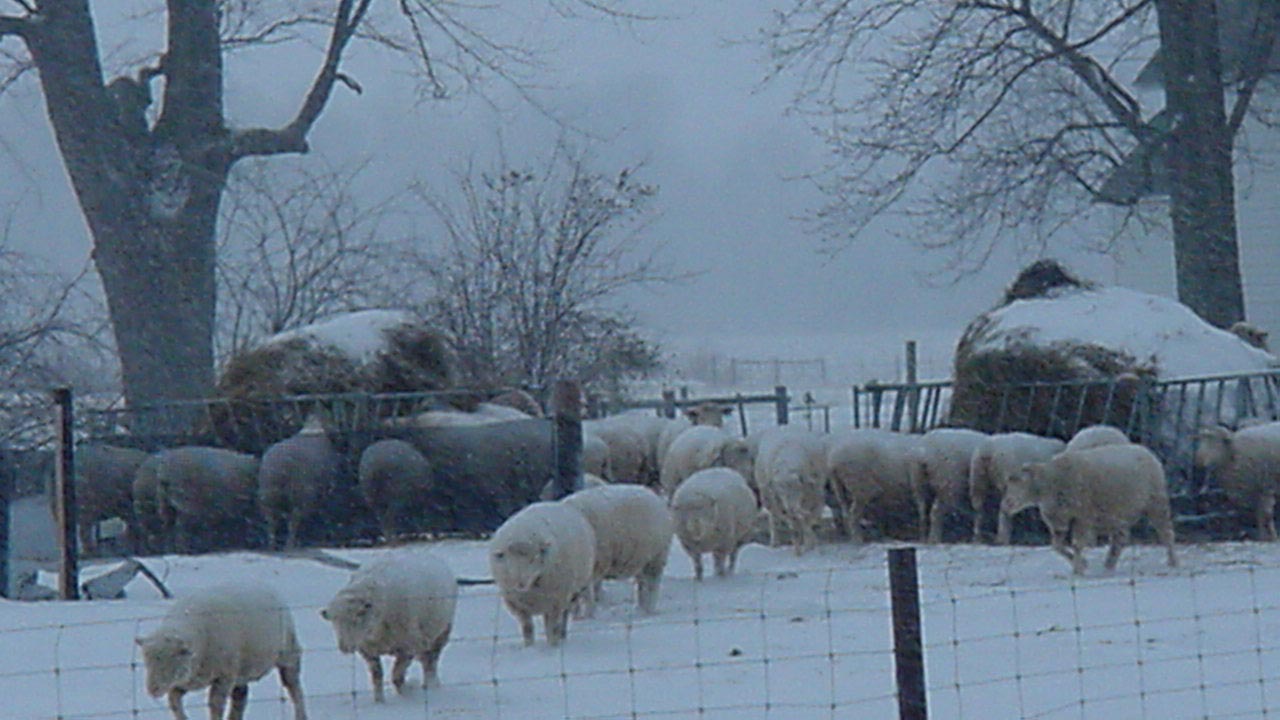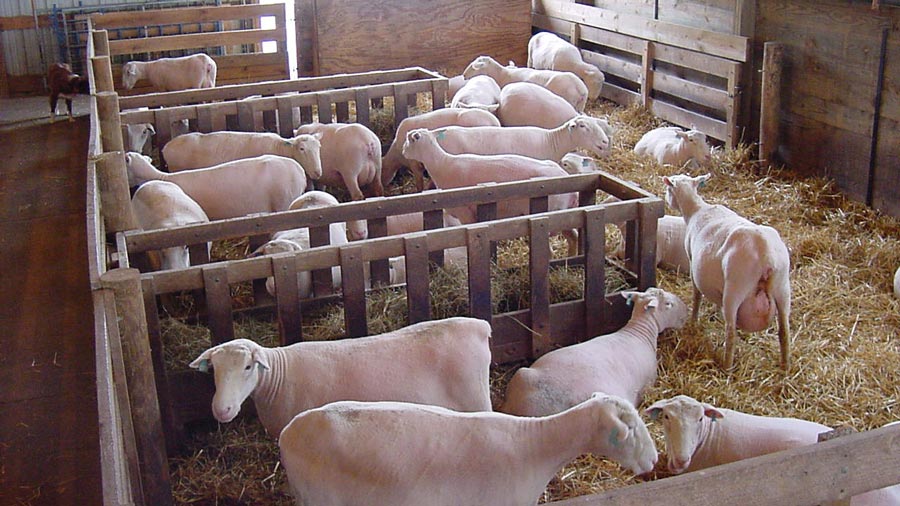
As we head into winter, good preparation is everything. Assuming you have adequate forage supplies then our attention goes to nutrition and health concerns. In much of the country, we will be out of grass and all of its benefits by December, most likely earlier. Without high quality grass, the ewe flock becomes totally dependent upon the shepherd's feeding skill. Nutritional supplementation of the winter forage supply becomes critical. We will be in a demanding winter environment and need to fulfill the increased nutritional demands of late gestation and lactation. Gone are the nice, simple days of summer, watching the ewes graze and thrive without much effort on our part. Much of your winter forage (hay, silage) will likely be first cutting. Despite all of our efforts we are stuck with at least 50% of our forage being hay that we call (a) less than desirable quality (b) okay or (c) poor quality.

The annual reproduction of sheep in the winter and early spring can be demanding. Preventative health (vaccination programs), nutrition and stockmanship must be at a high level for successful winter and early spring production. A good vaccination program for ewes will lead to success at lambing and during the early life of the lambs. Nutrition is critical, as we are supplementing almost all of the needs of the ewes due to the stage of production and the low quality of much of our forage.
Winter feeding for production is a double challenge of low nutritional quality of stored forages and feeding for the highest demanding production stages of late gestation and lactation. The fact that these production cycles coincide with low quality forage makes supplemental feeding critical for success. The probability of deficiencies of even a basic nutrient such as energy or protein and certainly selenium, magnesium, calcium, Vitamin E, etc. is high! Critical feeding starts 6-8 weeks prior to lambing and continues through lactation. Without adequate energy, newborns will be small and weak, stillborn and abortions will also be at a higher level. Adult animals that are shorted on energy will lose weight, have low milk production, a shortened live span, and have a longer re-breeding interval. Protein will be needed to maximize milk production and for viability of newborns. Calcium, magnesium, and, to some extent, potassium play a big role in metabolic disorders which can be disastrous. The sudden onset of hypocalcemia and hypomagnesia frequently seen in otherwise healthy animals are results of those deficiencies. Feeding these nutrients as a preventive measure is more successful than the treatment options. Iodine is very important in reducing stillborns and preventing goiter. Low selenium and/or vitamin E results in white muscle disease in newborns, weakness, low birth weight & viability, stillborns, more dystocia, delayed breed back time, and lowered performance.
Production stage specific feeding programs can address these concerns. While ewe maintenance requirements are usually filled with free choice mineral and pasture/forage. Gestation and Lactation have a much greater need for all classes of nutrients. The first significant nutritional change for the ewe occurs during late gestation (the last 4-6 weeks). For a ewe carrying twin lambs, her dry matter needs increase by 30%, energy (TDN) by 60%, and protein by 50%. These are dramatic changes at any time of the year! Adequate levels of these nutrients are necessary because 70% of fetal growth occurs during the last 4 weeks of gestation. A good gestation feeding program will increase lamb birth weight and survival. Sufficient energy is needed to prevent pregnancy disease (ketosis) in the ewe. Gestation feeding programs affect the ewe's milk production during lactation. Too much feed can cause fat deposits in the udder reducing production. Over feeding can lead to lambing difficulties due to large lambs. Not enough feed can also cause a delayed onset of lactation and lower milk production. Proper grouping of ewes so that they have 4-6 weeks on the "late gestation ration" will minimize these problems. What you do to the ewe flock in late gestation determines the success of your lambing. Prelambing vaccinations and feeding to prevent coccidiosis, abortions, stillborn, and white muscle disease should be routine practices.

Typical Gestation feeding recommendations would be about 4-4.5 # of hay equivalent and about 1-1.25# of grain daily. Recommendations vary with ewe body weight/condition, breed, fleece length, temperature, and forage quality.
The period of highest nutrient needs is lactation. Compared to a maintenance diet, dry matter needs will double. Energy and protein requirements are 3 times greater. Phosphorous is also important for lamb development and milk production. Typical lactation feeding would be 4.5-5# hay and 1.5-2# grain/ewe/day. It is very difficult to get a ewe to consume enough feed during lactation to prevent weight loss. Most of what she eats will go to milk production. It is absolutely essential that ewes be in good, but not over-fat condition prior to lambing. She will need body fat reserves to help sustain milk production, and prevent excessive weight loss. You will not be able to put flesh on poor ewes during lactation. If ewes go into lactation in inadequate condition you are really limited on what you can do. The feeding of rumen by-pass fat during lactation can limit the amount of weight loss and help "hold" condition. If ewes are in inadequate condition, you could wean early, dry the ewes off, and put the ewes on a 30day rebuilding diet.
Good winter feeding programs that supplement important nutrients such as energy, protein, selenium, vitamin E, magnesium, iodine, etc. are vital to success. The feeding program is really about fulfilling animal health needs. Planning ahead so that you can manage the sudden increase in nutritional needs during the winter is very important. Good feeding programs in gestation and lactation can really make or break you. The old adage that in farming, "there are only two seasons, winter and getting ready for winter" is true for the sheep producer.
Go Back to Articles